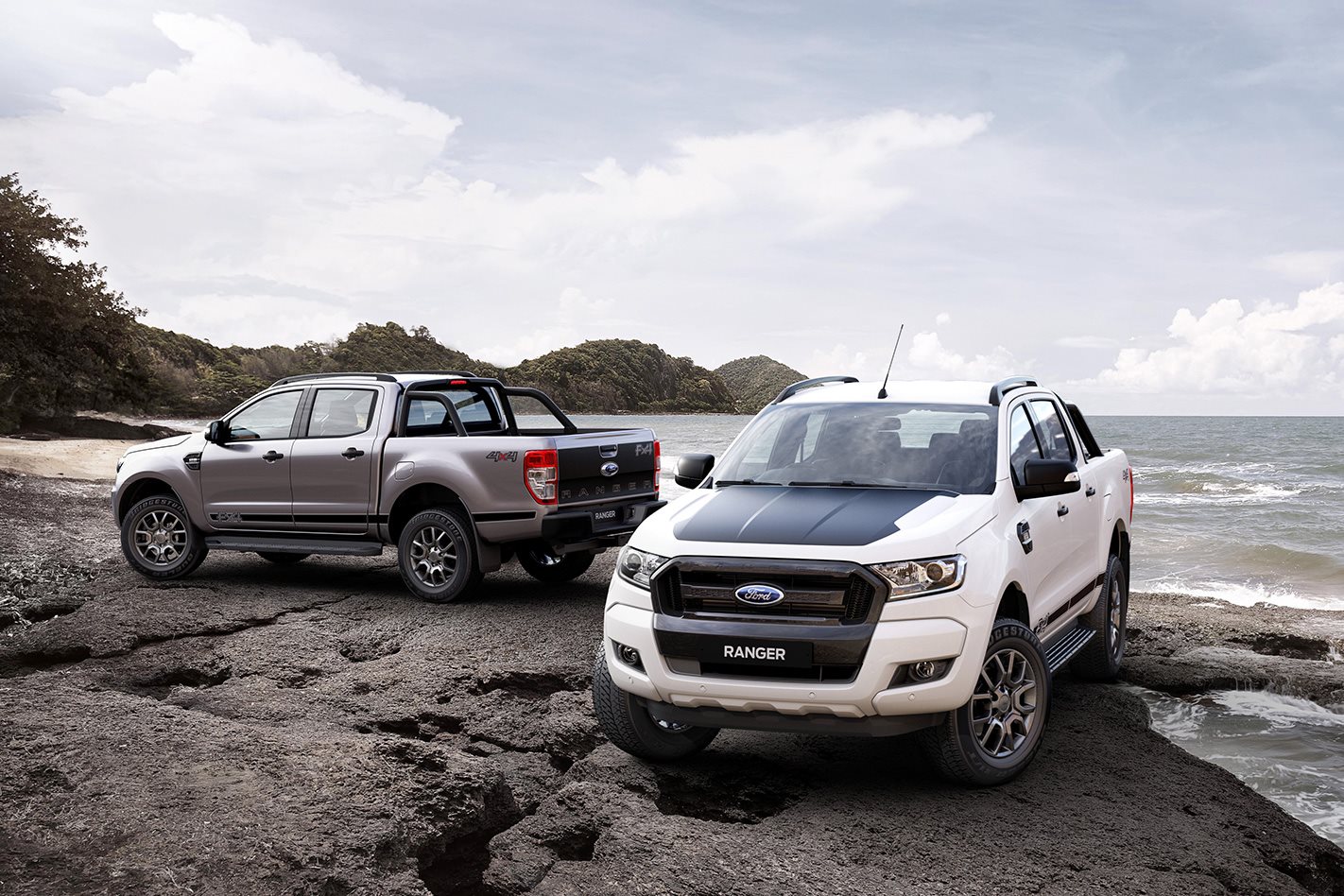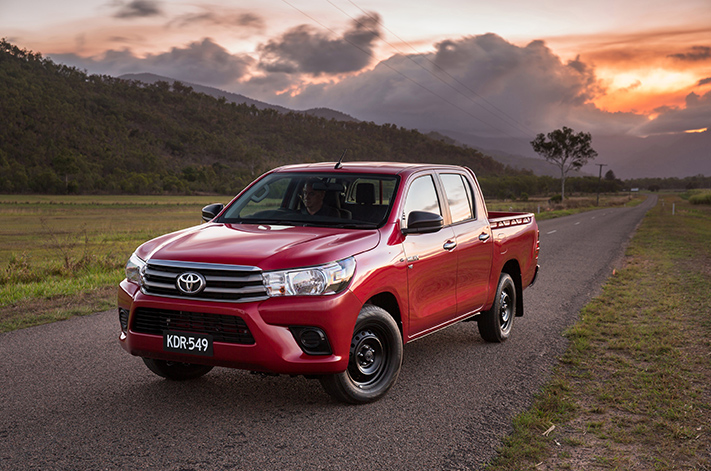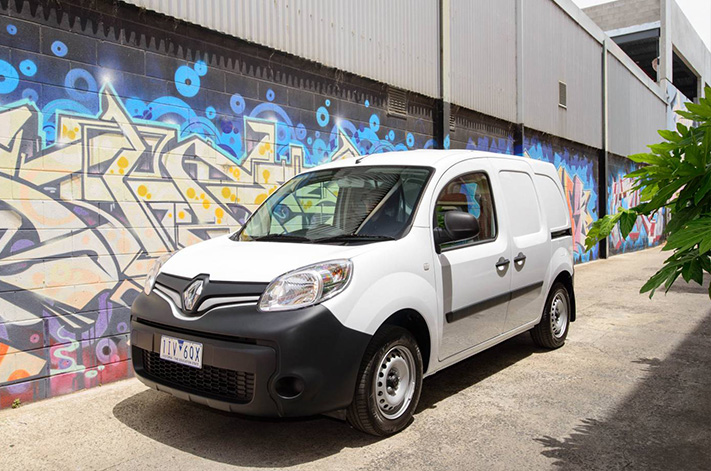
They say a tradesman is only as good as his tools, and a work vehicle is right up there with the most important bits of gear in a blue-collar professional’s toolkit.
If you’re in the market for a load-lugger, the first thing to consider is whether or not a ute or a van is most appropriate. Choosing the right four-wheeled companion could be the difference between completing a job on time and having to call in a favour.
So before dipping into the pool of competitive tradie vehicles on both sides of the market, consider these pros and cons to help with your decision making, and ensure you have the right tool for the job.

UTES
+ UPSIDES:
-Utes offer great cargo space access due to their open-top nature. If you need to move sand or soil or anything else easily tipped into a tray, a ute is for you. Tray-back utes with fold down sides usually accept pallets and have better side access than most vans, which helps for easy loading and when securing loads.
-Ground clearance for utes is generally better than vans, which means they’re more capable when travelling over rough worksites or if there’s ever a need to go off-road to do a job.
| Cars of 2017: Top 5 trade utes
-Carrying passengers is more comfortable in a ute. Car-like dual cabs have rear seats separated from the cargo area, whereas vans tend to have their second row in the cargo area itself. That means utes are generally more popular for people who want to use their work vehicle for weekend getaways or as a family car.
-Up-to-date technology is relatively easy to find in utes these days. That means utes are generally equipped with better infotainment and connectivity functions, and more active safety and driver assistance tech than vans.

– DOWNSIDES:
-Security is major problem for utes, as anything sitting in a tray is a potential magnet for thieves. Tonneau covers and canopies can help with this, though they do lessen the practicality of a ute by putting a lid on the tray.
-Weather protection is non-existent for anything tall carried in the back of a ute. Rain and wind are bad news for any load that’s sensitive to the elements.
-Loading heights for ute trays are higher than those for vans. That can be a problem when loading bulky or heavy items by hand.
-Style side utes (the ones with a tub on the back and not an alloy tray) generally can’t fit a regular pallet between their intrusive rear wheel wells. Even if you’re not shifting pallets, those fat arches take up valuable cargo space and make it awkward to load around them. Vans have the same problem, but their wheel wells are usually smaller.
VANS
+UPSIDES:
-Vans are untouchable when it comes to moving really bulky stuff. There’s a wider selection of cargo carrying styles in the vaniverse including long wheelbase vans and high-roof vans for truly cavernous haulage. Front-wheel drive vans typically have much lower floors too.
-Security is a major plus. Chuck whatever you need in the back of a van and it can be locked away safely. That makes it viable to have permanent storage of tools and equipment, and many people rig out their load space with shelving to turn a van into a mobile workshop.
| Toyota HiLux wins 2016 sales race in record industry year
-Weather-proofing isn’t an issue for vans. Everything is covered up and protected.
-Lower loading heights make it easier to lift things into the back of vans.

-DOWNSIDES:
-Side access can be troublesome, even for vans with sliding side doors. Depending on what you’re carrying, not being able to get to the front of the load space can make it hard to properly secure whatever it is you’re loading, or be really annoying when you realise the thing you need is buried behind cubic metres of other stuff.
-Commercial vans don’t double as multi-purpose vehicles with the same flexibility as utes. They’re not great purely as transport, and you don’t see many families trundling around in them.
-Big vans are harder to park and awkward to drive around town. Smaller vans are no worse than utes, though visibility can be trickier as vans are prone to especially large blind spots.
Vans are usually the last vehicles to receive modern comfort and convenience features, as they are updated by their manufacturers so infrequently. Some brands are better than others and will at least fit a decent Bluetooth-compatible interface, but don’t expect the same level of equipment as popular utes.



